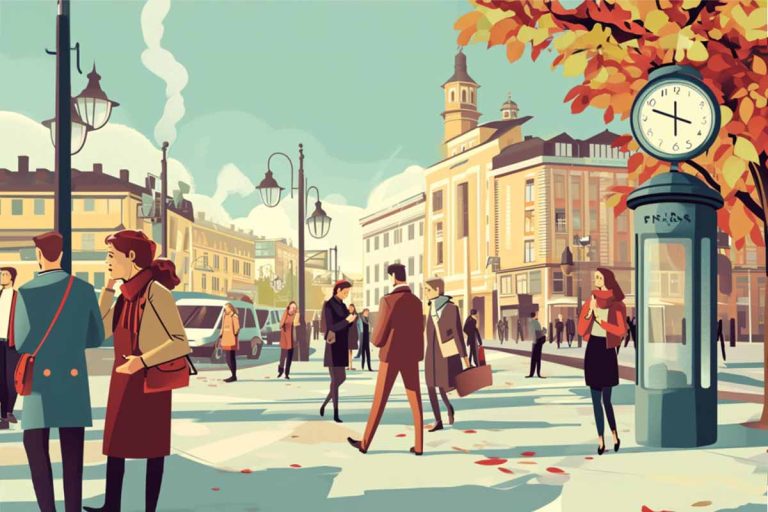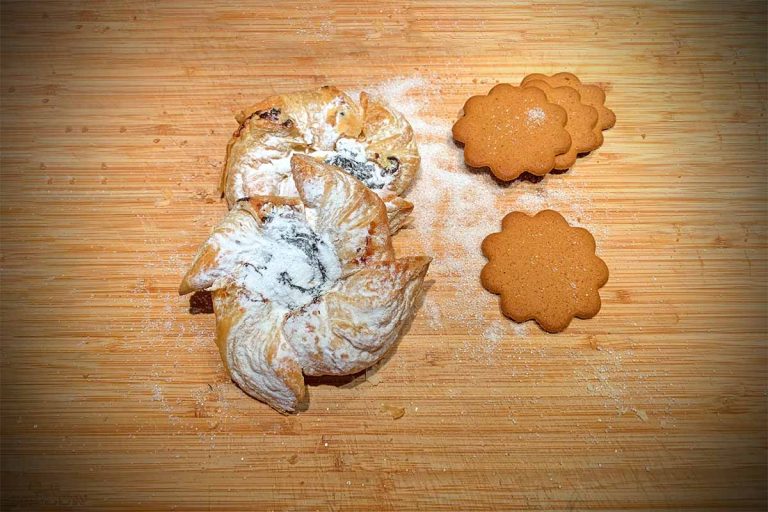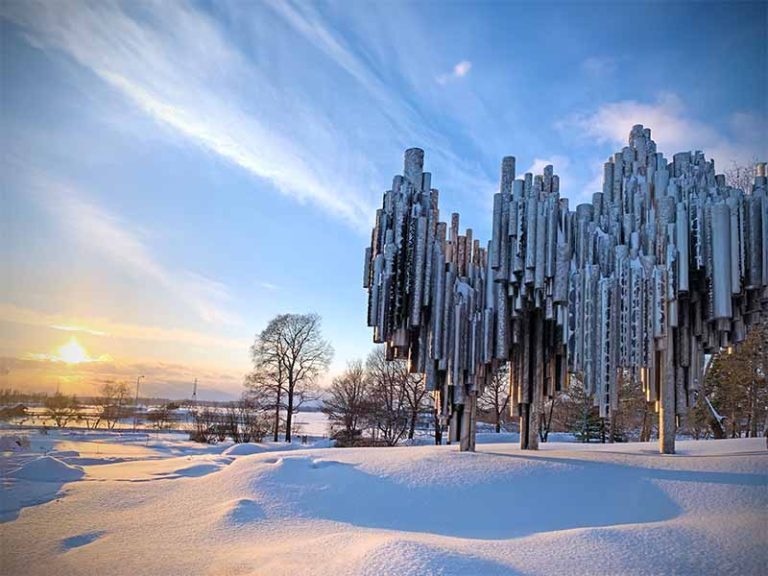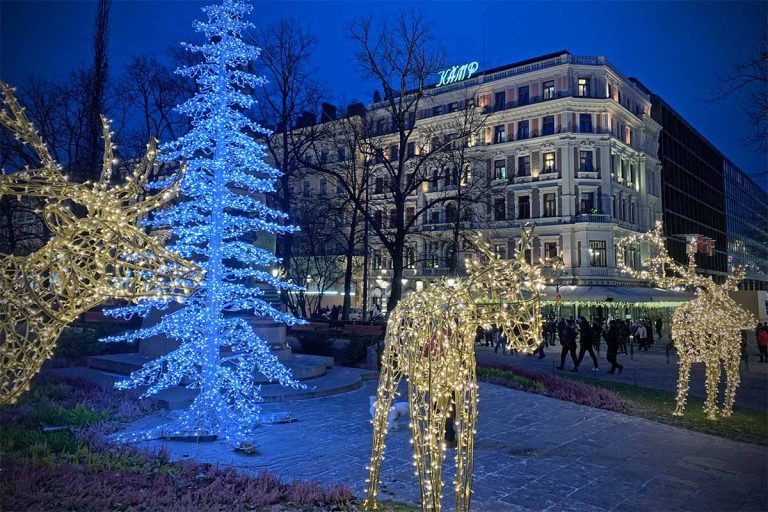Public Holidays and Other Special Days in Finland: A Guide for Visitors
Here’s a guide to major public holidays and other special days in Finland that may affect your travel programs.
Key Holidays in Helsinki and Finland
- Christmas (Dec 24-26): Most closures, but hotels offer festive packages.
- New Year’s (Dec 31 – Jan 1): Late-night dining, grand party, and fireworks.
- May Day (May 1): Lively Spring Festival, book restaurants in advance.
- Midsummer (Saturday after June 19): Quiet city, traditional festival on Seurasaari Island.
- Independence Day (Dec 6): Low-key celebration, limited dining options.
Operating Hours and Exceptions on Public Holidays
- Retail shops can be open on public holidays.
- Retail shops and restaurants typically have some exceptions to their opening times during public holidays.
- Public transportation might have exceptions on its schedule.
Activities on the Key Holidays
New Year’s Eve and New Year’s Day
- On New Year’s Eve, restaurants stay open late, but many close on New Year’s Day.
- Helsinki hosts a New Year’s Eve party at Kansalaistori Park Square, complete with fireworks.
- While you can buy fireworks, be aware of restrictions in certain areas.
- The city allows fireworks from 18:00 to 02:00, but locals sometimes start celebrating earlier, so brace yourself for the occasional early bangs.

May Day, May 1
- May Day, a two-day celebration starting on May Day Eve, turns Helsinki into a lively Spring Festival.
- Streets fill with locals in decorative clothing, and picnics abound.
- Restaurants offer special menus, but booking in advance is essential, as they tend to be fully booked during the day.

Midsummer, the Saturday Following June 19
- Helsinki is quiet during Midsummer.
- It is a Finnish celebration marked by swimming, sauna, and grilling at holiday homes.
- Seurasaari Island in Helsinki hosts a traditional Midsummer festival on Midsummer Eve.
- The island is usually free to enter, but there is an admission fee during the festival.

Independence Day, December 6
- Unlike the lively celebrations in many other countries, our Independence Day is a quieter, reflective day off for many.
- The President’s VIP ball, televised for all to watch, is a notable event.
- Streets are quieter as we tend to stay indoors (except for various organized processions throughout the day).
- Shops are open, and some restaurants, but they might have exceptional opening times.
- If Independence Day is mid-week, it’s a nice extra day off, and the restaurants are crowded on the eve.
- You can read more about what to do on Independence Day in Helsinki.

Christmas, December 24-26
- In Finland, Christmas is family-centric, with public events winding down.
- Santa visits families on Christmas Eve (he does not come from the chimney but instead knocks on the door).
- Almost everything shuts down for two to three days, from December 24 to 26.
- Expect most restaurants and cafes to be closed during this time.
- Hotels often offer special Christmas packages so visitors can enjoy festive dining options.
List of Public Holidays and Special Dates in Finland by Month
1) January
New Year’s Eve (Uudenvuodenaatto) – December 31
- Firework displays are organized, and rockets can be purchased from shops.
- However, there are limitations on when and where to fire rockets.
New Year’s Day (Uudenvuodenpäivä) – January 1
Epiphany (Loppiainen) – January 6
2) February
Runeberg Day (Runeberginpäivä) – February 5
- Johan Ludvig Runeberg, Finland’s national poet.
- Runeberg’s statue is located in Helsinki’s Esplanade Park.
- Runeberg torte, small crumb cakes topped with raspberry jam, is a customary treat on this day.

Finnish Culture Day, Kalevala Day (Kalevalan päivä) – February 28
Shrove Sunday/Shrove Tuesday (Laskiainen) – February or early March (depending on Easter, Shrove Sunday is seven weeks before Easter)
- Unlike in Catholic countries, there are no carnivals in Finland.
- Shrove Sunday is usually family day, and celebrated with outdoor activities like sledding, ice skating, cross-country, and downhill skiing.
- On Shrove Tuesday, people might head sledding to the closest hill after school.
- Schools might have a special outdoor activity day for lower grades.
- Shrove bun (laskiaispulla), a sweet bun filled with whipped cream and jam or almond paste, is a Finnish tradition.
- Nowadays, the sale of Shrove buns starts weeks before Shrovetide.

List of dates for Shrove Sunday
2024: February 11
2025: March 2
2026: February 15
2027: February 7
2028: February 27
2029: February 11
3) March
Day of Equality, Minna Canth’s Day (Minna Canthin päivä) – March 19
- Minna Canth advocated for women’s rights and social causes.
4) April
Easter (Pääsiäinen) – The date varies each year, usually in March or April.
- It is preceded by Palm Sunday, where children dress up as witches, bringing decorated willow twigs to neighbors. It is customary to give small gifts, like candy, in return.
Summer Time starts – last Sunday of March
- Clocks go forward for 1 hour as daylight saving time begins.
- Clocks are adjusted forward from three o’clock to four o’clock.
- Switching to summer time and back to winter time in October is a unified practice in the European Union.
- Finland uses Eastern European Time, EET (UTC +2), during the winter as standard time, and Eastern European Summer Time, EEST (UTC +3), during the summer.
Day of Finnish Language, Mikael Agricola Day (Mikael Agricolan päivä) – April 9
- Mikael Agricola is credited with creating the first written Finnish literature five centuries ago.
National Veterans’ Day (Sotaveteraanipäivä) – April 27
5) May
May Day Eve (Vappuaatto) – April 30
May Day (Vappu) – May 1
- Lively Spring Festival.
- Streets filled with locals in decorative clothing.
- Picnics abound on May 1.
Ascension Day (Helatorstai) – 40 days after Easter, Thursday between April 30 and June 3.
- Only a little happening in Helsinki on this Thursday.
- Many Finns use the long weekend to spend time with family or prepare their summer cottages.
- Ferries to Tallinn are also starting to fill up because the long weekend and the arrival of spring attract Finns to visit Tallinn.
Mother’s Day (Äitienpäivä) – Second Sunday in May
Europe Day (Eurooppapäivä) – May 9
Day of Finnish Heritage, J.V. Snellman Day (J.V. Snellmanin päivä) – May 12
Pentecost/Whitsunday (Helluntai) – Ten days after Ascension Day on Sunday.
6) June
The school year ends – late May or early June
- In elementary and high schools, the school year typically ends in late May or early June, marking the start of summer vacation.
- The summer vacation ends around the middle of August.
Flag Day of Defence Forces (Puolustusvoimain lippujuhla) – June 4
Midsummer (Juhannus) – Saturday between June 20 and 26.
- In practice, Midsummer celebrations start on Friday or even Thursday.
- In our neighboring countries, Estonia and Norway, Midsummer is celebrated on June 24, but in Sweden, it is at the same time as in Finland.
7) July
Celebration of Poetry and Summer, Eino Leino Day (Eino Leinon päivä) – July 6
National Sleepy Head Day (Unikeonpäivä) – July 27
- The tradition traces back to the Middle Ages.
- If you sleep too late, you will be woken up by using water, possibly thrown into a lake or the sea.
- Today, Sleepyhead Day is best known for Finland’s Official Sleepy Head, chosen by the town of Naantali.

8) August
The school year begins – around mid-August
Festival Season in Helsinki
- Flow Music Festival – second weekend of August
- Helsinki Festival – the latter half of August
- Night of the Arts – on a Thursday in mid-August
- Tuska Open Air Metal Music Festival – at the end of August

10) October
Day of Finnish Literature, Aleksis Kivi Day (Aleksis Kiven päivä) – October 10
United Nations Day (Yhdistyneiden kansakuntien päivä) – October 24
Winter Time starts – the last Sunday of October
- When daylight saving time ends and winter time starts, the clocks are moved back one hour.
- Clocks are set back from four o’clock to three o’clock, signaling the return to standard Eastern European Time (EET).
11) November
All Saints’ Day (Pyhäinpäivä) – November 4
Day of the Swedish Identity (Ruotsalaisuuden päivä) – November 6
Father’s Day (Isänpäivä) – Second Sunday in November
- In Finland and neighboring countries Estonia, Sweden, and Norway, Father’s Day is celebrated on the second Sunday of November.
- The timing differs in various parts of the world.
- For instance, in the United States and many other countries, Father’s Day is celebrated on the third Sunday of June (around the time Midsummer is celebrated in the North).
12) December
Finnish Independence Day (Suomen itsenäisyyspäivä) – December 6
- Low-key celebration, limited dining options.
Saint Lucy’s Day (Lucianpäivä) – December 13
- Lucia Day is celebrated in memory of Saint Lucia.
- The girl Lucia, dressed in white, brings light to the darkness of winter with her candles.
- The new Lucia will be crowned in the Helsinki Cathedral (White Church) at 5 p.m.
- After that, the traditional Lucia procession will set off from Senate Square at 6 p.m.
- In addition to Lucia, you can see elves, horses, and vintage cars in the procession.

Winter Solstice (Talvipäivänseisaus) – December 21 or 22
- The day when daylight is at its shortest in Finland.
- In Helsinki, the length of the day is just 5 hours and 50 minutes.
- The sun rises at 9:24 and sets at 15:13.
- Our journey towards spring and summer starts from this day.
- The lengthening of the daylight hours is slow at first, but the pace picks up quickly in January-February.
Christmas (Joulu) – December 24-26
- Christmas Eve (Jouluaatto), Christmas Day (Joulupäivä), Boxing Day (Tapaninpäivä)
- Santa visits families on Christmas Eve.
- Christmas is family-centric, with public events winding down.
Additional Information for Travelers
1) Date Notation in Finland
- Dates are written in the form of day–month–year.
- For example, 1.5.2024 or 1.5.24 means the First of May.
- In regular text, Finns typically write dates with spelled-out months, such as 1. toukokuuta 2024, or toukokuun 1. päivänä 2024.
2) Time Notation in Finland
- The 24-hour clock is standard in writing, with a full point as the recommended separator (e.g., 18.45 or 10.30).
- However, a colon is often used instead of a full point (e.g., 18:45 or 10:30).
- In spoken language, we typically use the 12-hour clock.
3) First Day of the Week in Finland
- Monday is the first day of the week in Finland.
- This convention follows an international standard established in the early 1970s.
- In older calendars, Sundays were traditionally considered the first day of the week.
4) Numbering of Weeks
- Finland uses a system of numbering weeks, with week 1 being the week containing the year’s first Thursday.
5) How Much Vacation Time Do People in Finland Get?
- In total, employees in Finland have around 35 days off per year when combining annual leave days and public holidays.
- In Finland, public holidays include not only religious holidays but also New Year’s Day, May Day, Midsummer Eve, and Independence Day.
- These holidays fall on different days of the week in various years, sometimes landing on weekends or weekdays.
- Ten additional days off represent the maximum one can have in a year. 2024 is a good year for employees as public holidays will total up to 10.

The term “bank holiday” is not used in Finland. Public holidays are called “public holidays” or “national holidays.” The term is more common in the United Kingdom, Ireland, and some Commonwealth countries, indicating a day when banks are closed.








this article is very useful, now I know why Helsinki felt empty last Juhannus!
Thanks so much for reading, glad it helped! Yes, we tend to escape to the summer cottages on midsummer 🙂